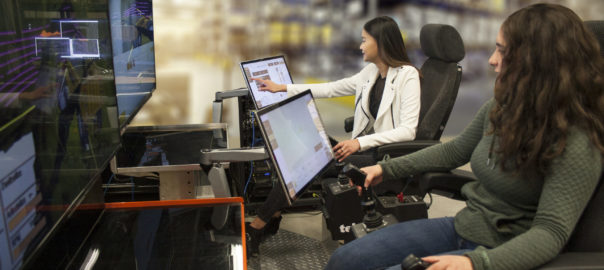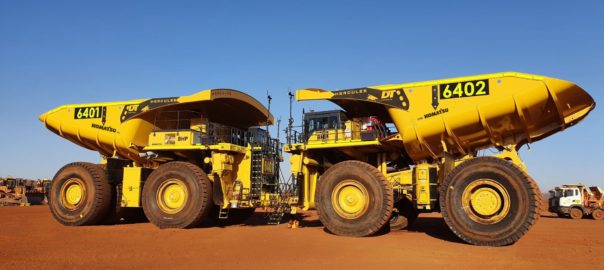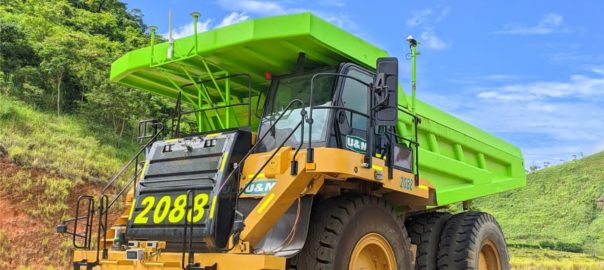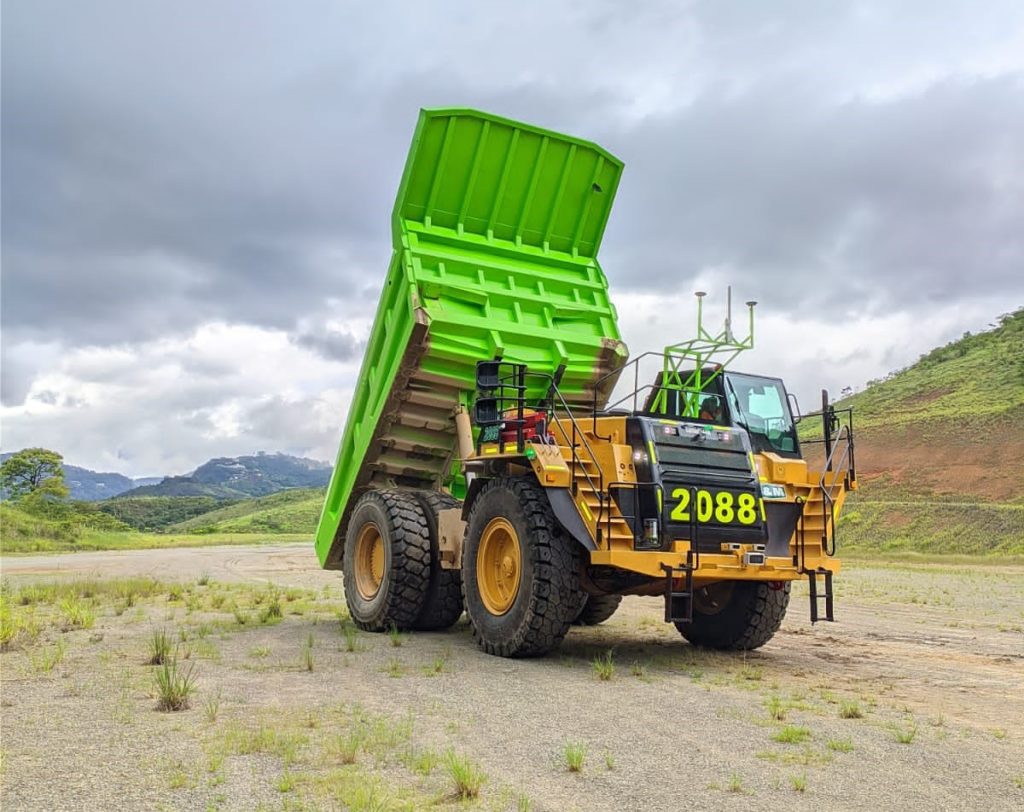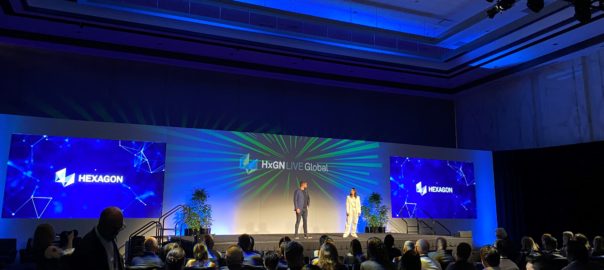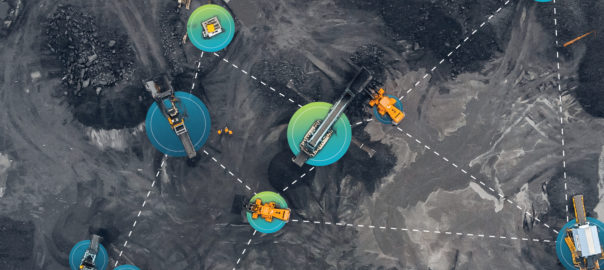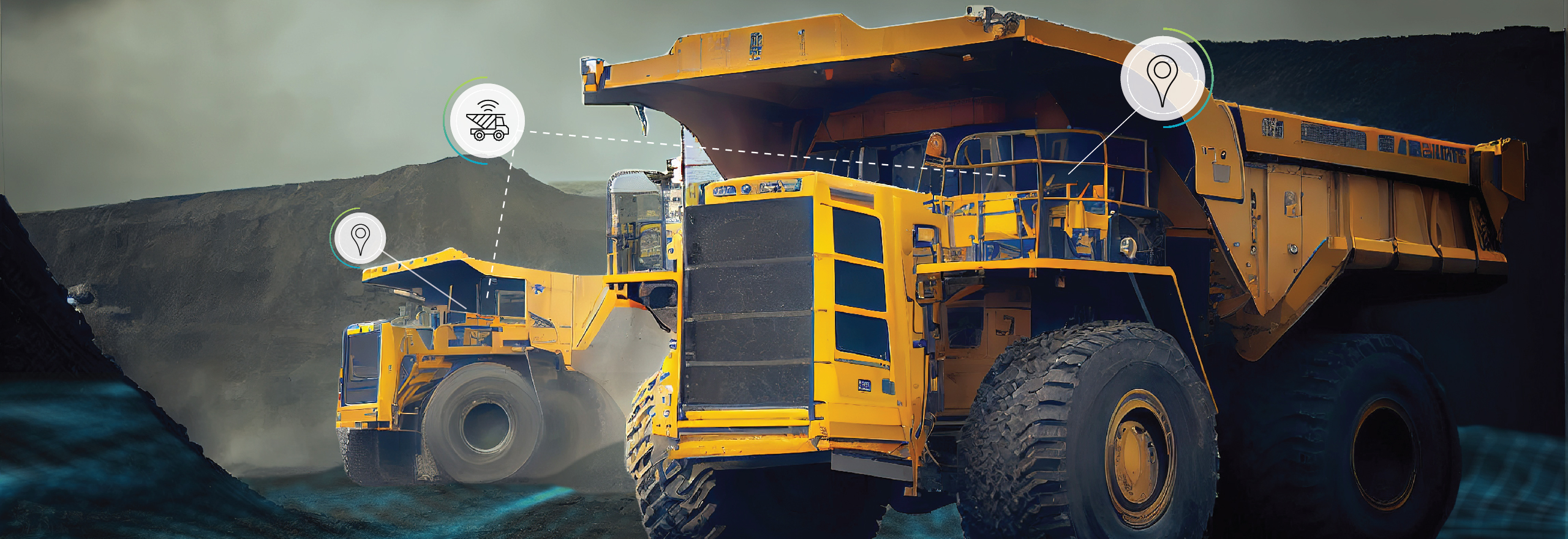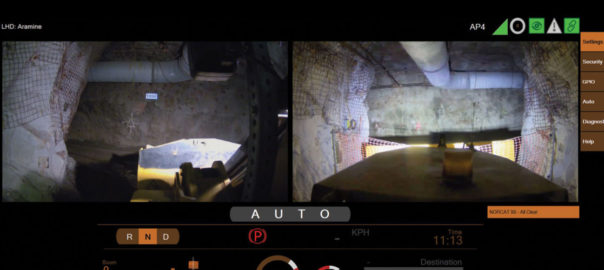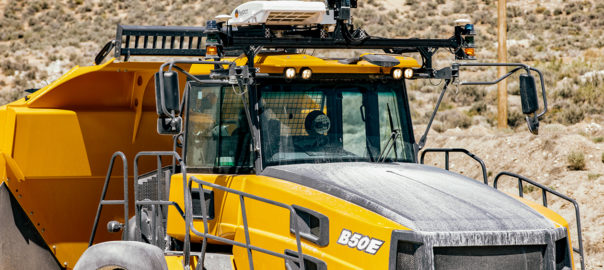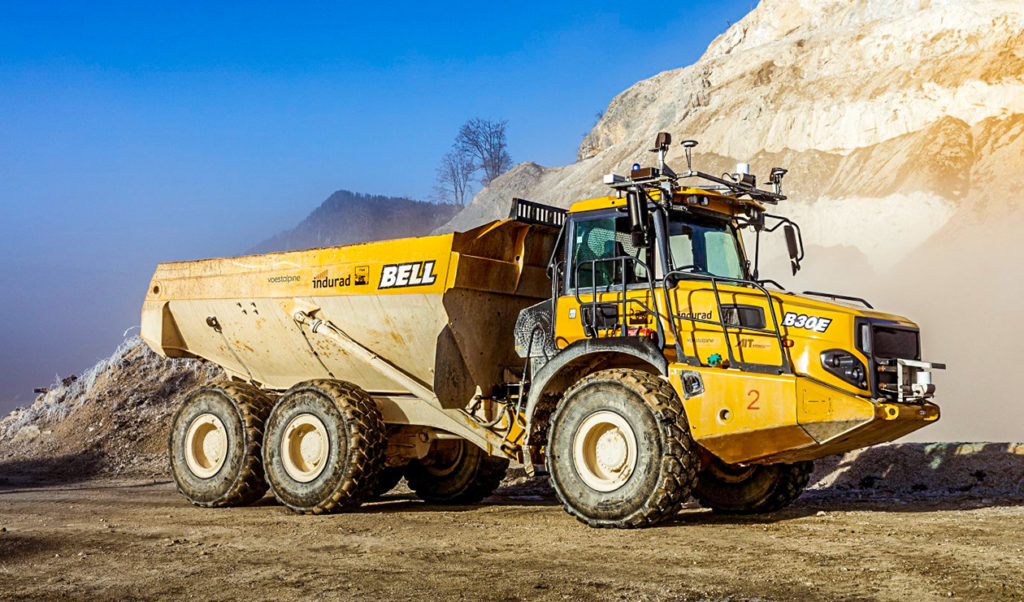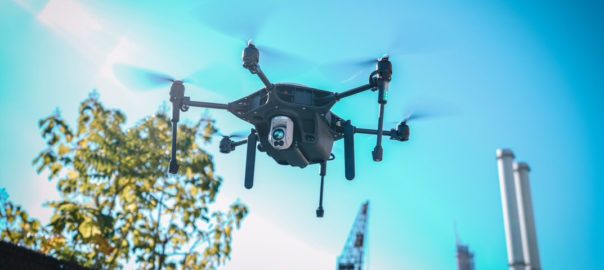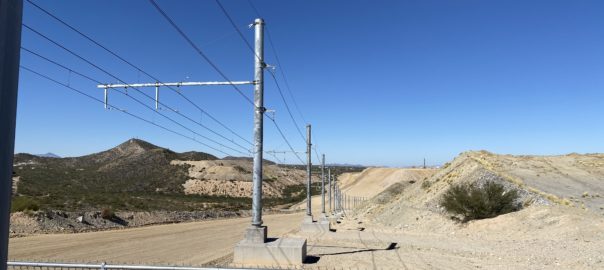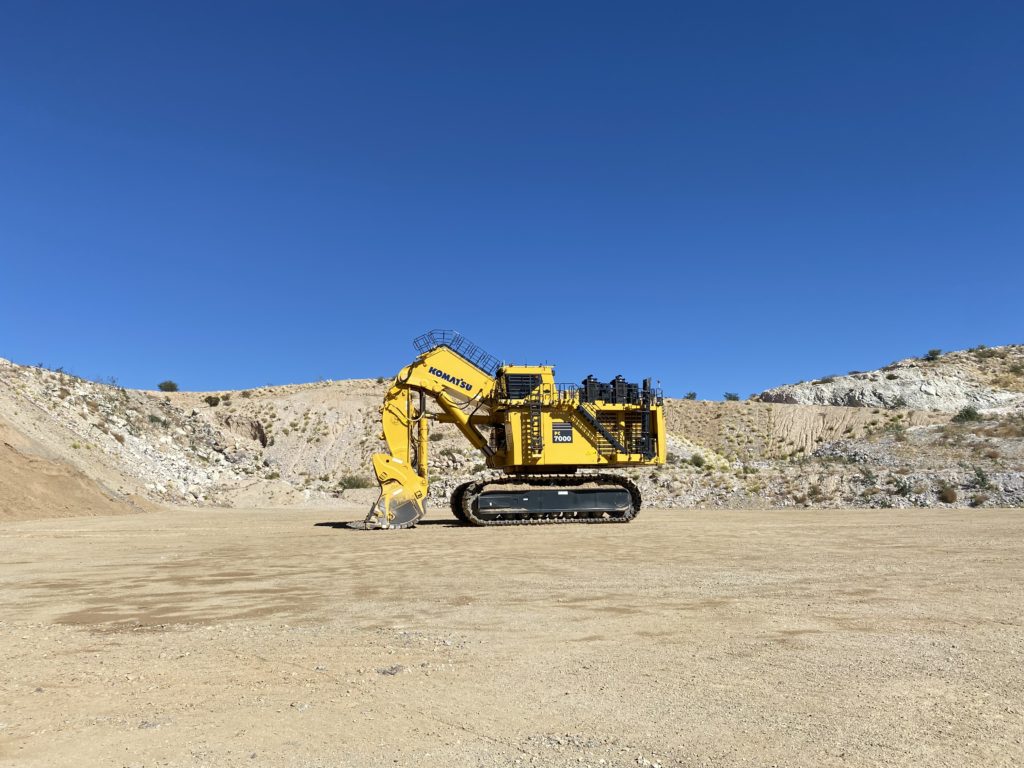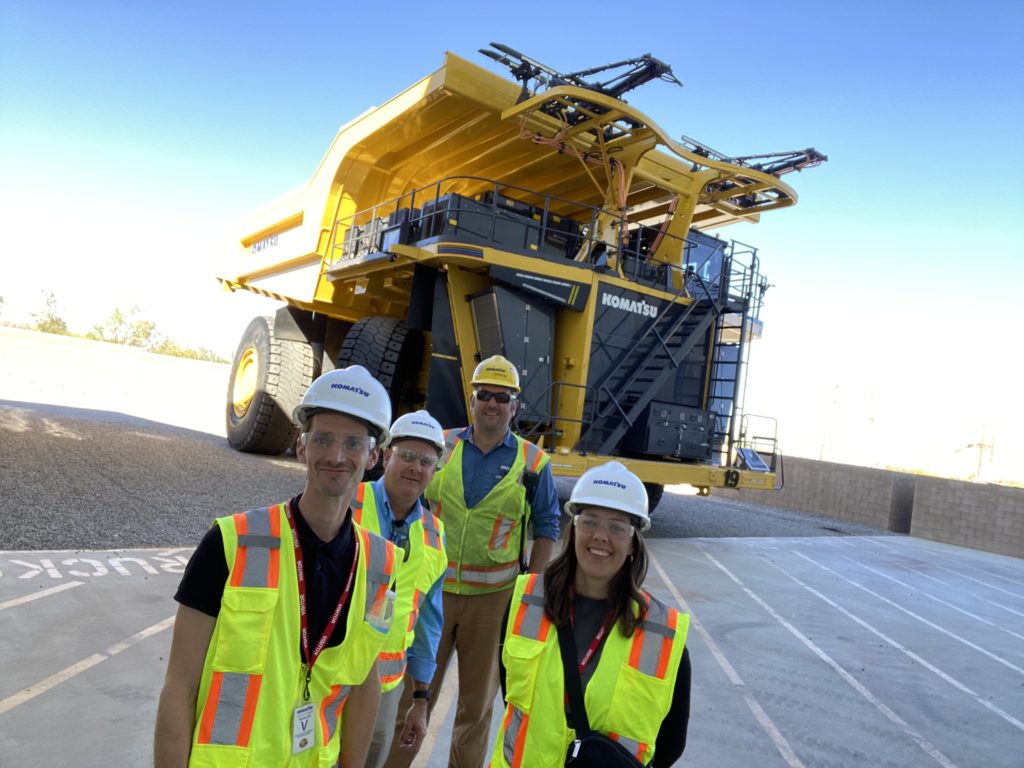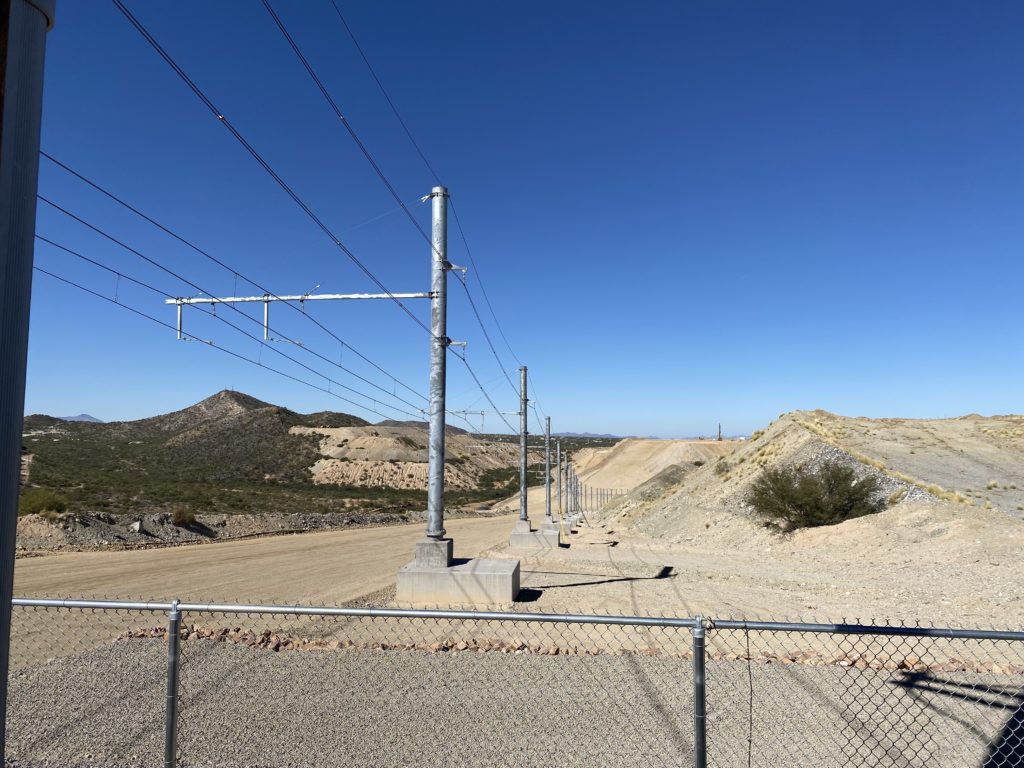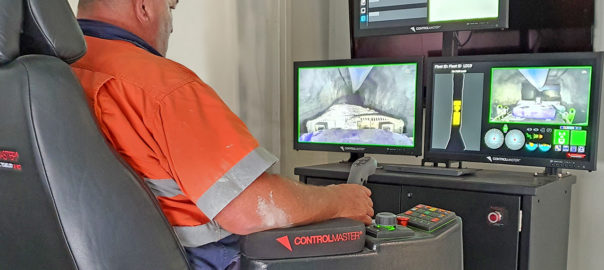Hexagon has agreed to acquire Canada-based tele-remote operations leader HARD-LINE, bringing into its offering all the elements it needs to compete in the autonomous haulage system (AHS) space.
Now, the two companies have agreed to combine their expertise to achieve their ultimate autonomy goals.
Speaking to IM about the deal, Nick Hare, President, Hexagon’s Mining division, said: “It’s an absolute win for all stakeholders. It is good for us as it enables us to deliver on both safety and autonomy, core to our mission, with HARD-LINE’s considerable experience filling in technology gaps in remote control and its considerable library of interfaces on vehicle by-wire. It’s good for HARD-LINE, giving them access to our sales, distribution and support base in 50 different countries; and, most importantly, it is good for the customers, ensuring that they have an interoperable, OEM-independent partner to rely on.”
Walter Siggelkow, President of HARD-LINE, said he saw the combination of HARD-LINE’s mine operator market knowledge and Hexagon’s suite of products and global presence providing the “world’s first truly integrated autonomous solution”.
He told IM: “Hexagon and HARD-LINE share a common vision that autonomy can be accomplished without starting over. The advanced technologies to extend this capital investment is now available. We are completely confident that this is a perfect fit.”
HARD-LINE says it has developed “by-wire vehicle control solutions” for more than 200 equipment models covering several OEMs over the last 27 years, with more than 3,000 conversions of its platform completed to date, including its renowned TeleOp system. On top of its remote-control solutions, it also provides related network infrastructure to enable the tele-remote operation of heavy machinery from a secure control station on the surface or underground, regardless of distance.
Hexagon, meanwhile, has a significant autonomy stack, including the HxGN Autonomous Mining Mission Manager solution choreographing the movement of autonomous and non-autonomous vehicles, and mine production activities through one interface; the World Perception solution to enable object detection, operator vehicle-to-vehicle and vehicle-to-person awareness; as well as on-board infrastructure such as sensors and antenna.
Hare estimates Hexagon is already the biggest provider of autonomy solutions for off-road heavy industry, but he believes this latest deal will accelerate the realisation of its autonomy ambitions in mining: providing a scalable automation platform that all mining companies can use and grow with.
“Now we have the ability to move the machines, this creates a complete OEM independent solution from one partner,” he said. “You will start to see us go head-to-head on most projects with other AHS providers. The key – and we feel the differentiator for customers – is that we will be matching this with our ability to safely deliver customer success.
“A lot of AHS implementations have enabled companies to move more tonnes, but the return on investment hasn’t always been there. We intend to change that.”
The potential impact Hexagon can make on the AHS market from acquiring HARD-LINE is inevitably the highlight of this deal, but it also has positive ramifications for its latest product offerings, including HxGN Underground Mining, HxGN Autonomous Mining and the HxGN MineProtect solutions.
Hare implied the HARD-LINE platform – when integrated with the Minnovare drilling solutions the company recently acquired – could also see it expand into autonomous underground drilling solutions.







